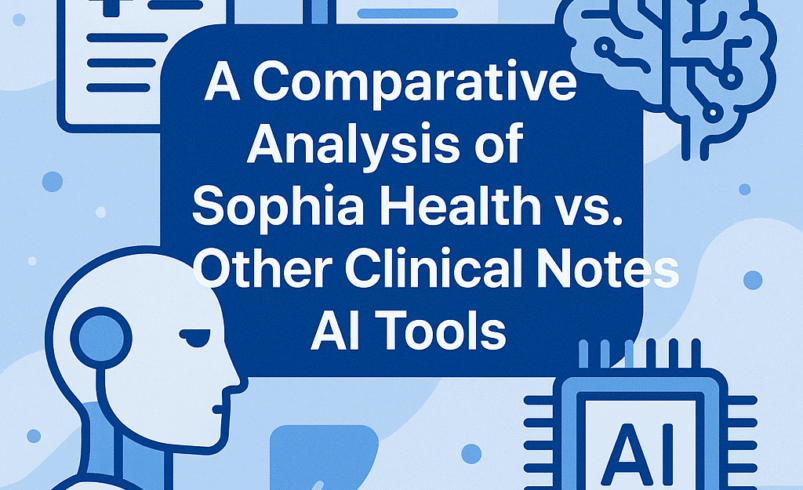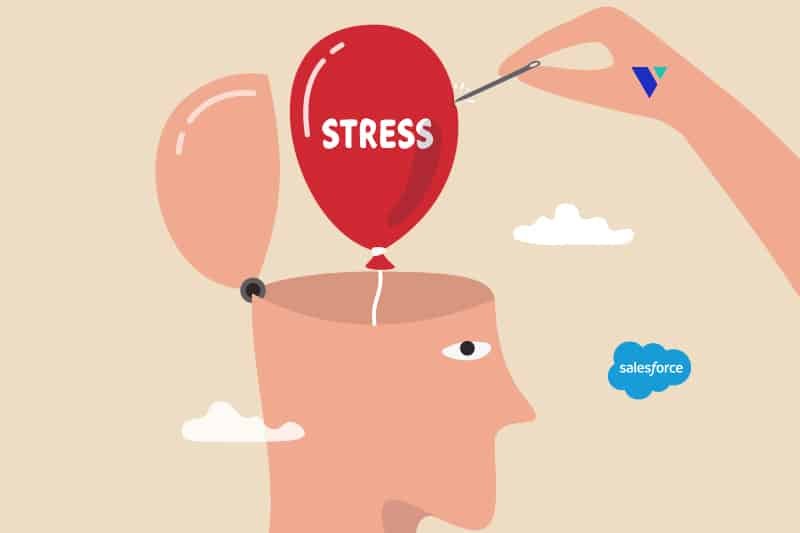Elevating Efficiency: A Comparative Look at AI Solutions for Clinical Documentation

In the rapidly evolving landscape of healthcare, the burden of administrative tasks, particularly clinical documentation, continues to challenge medical professionals. Hours spent on charting, rather than patient care, lead to burnout and decreased job satisfaction. Fortunately, the advent of artificial intelligence offers a powerful antidote. AI-powered tools are revolutionizing how clinicians capture, process, and manage patient information, promising a future where documentation is seamless, accurate, and less time-consuming. But with a growing number of solutions available, how do you choose the right one for your practice?
This article delves into a comparative analysis of leading AI tools designed to streamline clinical notes. We’ll explore their core functionalities, unique selling propositions, and how they stack up against each other in addressing the critical needs of healthcare providers. The goal is to provide a clear understanding of what to look for in a clinical notes AI solution and empower you to make an informed decision for your practice.
The Imperative for Streamlined Clinical Documentation
Before diving into specific tools, it’s crucial to understand why optimizing clinical documentation is no longer a luxury, but a necessity. Studies consistently show that physicians spend an average of two hours on electronic health record (EHR) tasks for every hour of direct patient contact. This imbalance contributes significantly to physician burnout, which in turn can impact patient safety and quality of care. The traditional methods of note-taking are often inefficient, prone to errors, and can lead to incomplete or inconsistent records.
The core benefits of adopting a robust clinical notes AI solution include:
- Time Savings: Automating aspects of note generation frees up valuable time for patient interaction and other critical tasks.
- Improved Accuracy and Completeness: AI can ensure all relevant details are captured and presented in a structured, consistent format.
- Enhanced Data Quality: Standardized notes lead to better data for research, quality improvement initiatives, and population health management.
- Reduced Administrative Burden: Less time spent on documentation translates to less stress and higher job satisfaction for clinicians.
- Better Patient Outcomes: More focused patient care, driven by efficient documentation, can lead to improved health outcomes.
Key Features to Look for in a Clinical Notes AI Tool
When evaluating different clinical notes AI platforms, several core functionalities and considerations should guide your decision-making process:
1. Speech-to-Text Accuracy and Medical Vocabulary Recognition
The foundation of any effective clinical notes AI is its ability to accurately transcribe spoken words into text. This goes beyond general speech recognition; it requires sophisticated medical vocabulary recognition, understanding of complex clinical terms, drug names, anatomical structures, and procedural descriptions. Look for tools that demonstrate high accuracy rates even in noisy environments or with varying accents. Some advanced solutions even offer speaker diarization, distinguishing between multiple speakers in a conversation.
2. Natural Language Understanding (NLU) and Summarization
Transcription is just the first step. True value comes from the AI’s ability to understand the context and meaning of the transcribed text. NLU capabilities allow the AI to identify key entities, relationships, and concepts within the clinical narrative. This enables features like:
- Automated Note Generation: Transforming raw dictation into structured progress notes (SOAP, H&P, etc.).
- Smart Summarization: Condensing lengthy consultations into concise summaries, highlighting critical information.
- Problem List Generation: Automatically identifying and populating patient problem lists.
- Medication Reconciliation: Flagging discrepancies or suggesting appropriate medication entries.
3. EHR Integration and Workflow Compatibility
A seamless integration with your existing Electronic Health Record (EHR) system is paramount. The AI tool should be able to push structured data directly into the relevant fields within your EHR, minimizing manual data entry. Consider the ease of integration, the level of customization offered for specific EHR templates, and whether the solution supports bidirectional data flow. A truly effective clinical notes AI should adapt to your existing workflow, not force you to change it.
4. Customization and Learning Capabilities
Every medical specialty and practice has unique documentation requirements. The ideal AI solution should offer a degree of customization, allowing you to tailor templates, smart phrases, and even the AI’s learning parameters to your specific needs. Look for tools that can learn from your corrections and preferences over time, continually improving their accuracy and efficiency based on your specific usage patterns.
5. Security, Compliance, and Data Privacy
Handling sensitive patient health information (PHI) demands the highest level of security and compliance. Ensure that any clinical notes AI solution you consider is fully HIPAA-compliant and adheres to other relevant data privacy regulations (e.g., GDPR). Inquire about their data encryption protocols, access controls, and how they manage and store patient data. Data security should never be compromised for convenience.
The Landscape of AI-Powered Clinical Documentation
The market for clinical notes AI is dynamic, with various players offering distinct approaches. While specific names are outside the scope of this comparative analysis, it’s helpful to categorize common solutions:
- Real-time Ambient AI Scribes: These solutions often leverage microphones in the examination room to capture patient-provider conversations in real-time, generating notes as the interaction unfolds. They aim to virtually eliminate post-encounter documentation.
- Post-Encounter Dictation and Transcription Services (AI-Enhanced): These tools take recorded dictations or transcribed text and apply AI to structure, summarize, and populate EHR fields. They offer a more traditional dictation workflow but with significant AI-driven enhancements.
- AI-Powered Template Fillers: Some solutions focus primarily on intelligently populating existing EHR templates based on free-text input or patient data.
Each category has its strengths. Real-time ambient AI, for instance, offers the promise of truly hands-free documentation, allowing clinicians to maintain eye contact and focus entirely on the patient. However, they require robust NLU and may necessitate adjustments to clinical workflows. Post-encounter solutions, while still requiring dictation, can offer a familiar entry point for practices accustomed to traditional transcription services, with the AI layer adding efficiency and accuracy.
The choice ultimately depends on your practice’s specific needs, existing infrastructure, and comfort level with new technologies. A thorough demonstration and a pilot program are often invaluable steps in evaluating a clinical notes AI tool.
Conclusion: Embracing the Future of Documentation
The evolution of clinical notes AI represents a significant leap forward in addressing the chronic challenges of healthcare documentation. By leveraging the power of artificial intelligence, clinicians can reclaim precious time, reduce burnout, and ultimately deliver higher quality, more patient-centric care. When evaluating potential solutions, prioritize accuracy, seamless EHR integration, robust security, and the ability to adapt to your unique workflow. The right clinical notes AI isn’t just about technology; it’s about empowering healthcare professionals to focus on what truly matters: their patients.
Author Bio:
The author is a seasoned healthcare technology consultant with over 15 years of experience in optimizing clinical workflows and implementing innovative digital solutions. With a passion for improving efficiency and reducing administrative burdens in healthcare, they have advised numerous practices and health systems on leveraging technology to enhance patient care and clinician well-being. Their expertise spans EHR optimization, telehealth integration, and the strategic adoption of artificial intelligence in medical settings.




